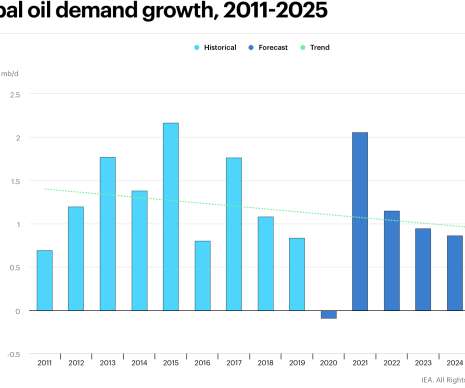EIA Projects 5% Decrease in Fossil-Fuel-Based CO2 Emissions in 2009; Little Change in Emissions from Gasoline
Green Car Congress
AUGUST 12, 2009
In its current version of the Short Term Energy Outlook ( STEO ), the US Energy Information Administration projects a 5% decline in fossil-fuel-based CO 2 emissions in 2009. The decrease was driven by the economic downturn, combined with a significant switch from coal to natural gas as a source of electricity generation, according to the EIA.






































Let's personalize your content